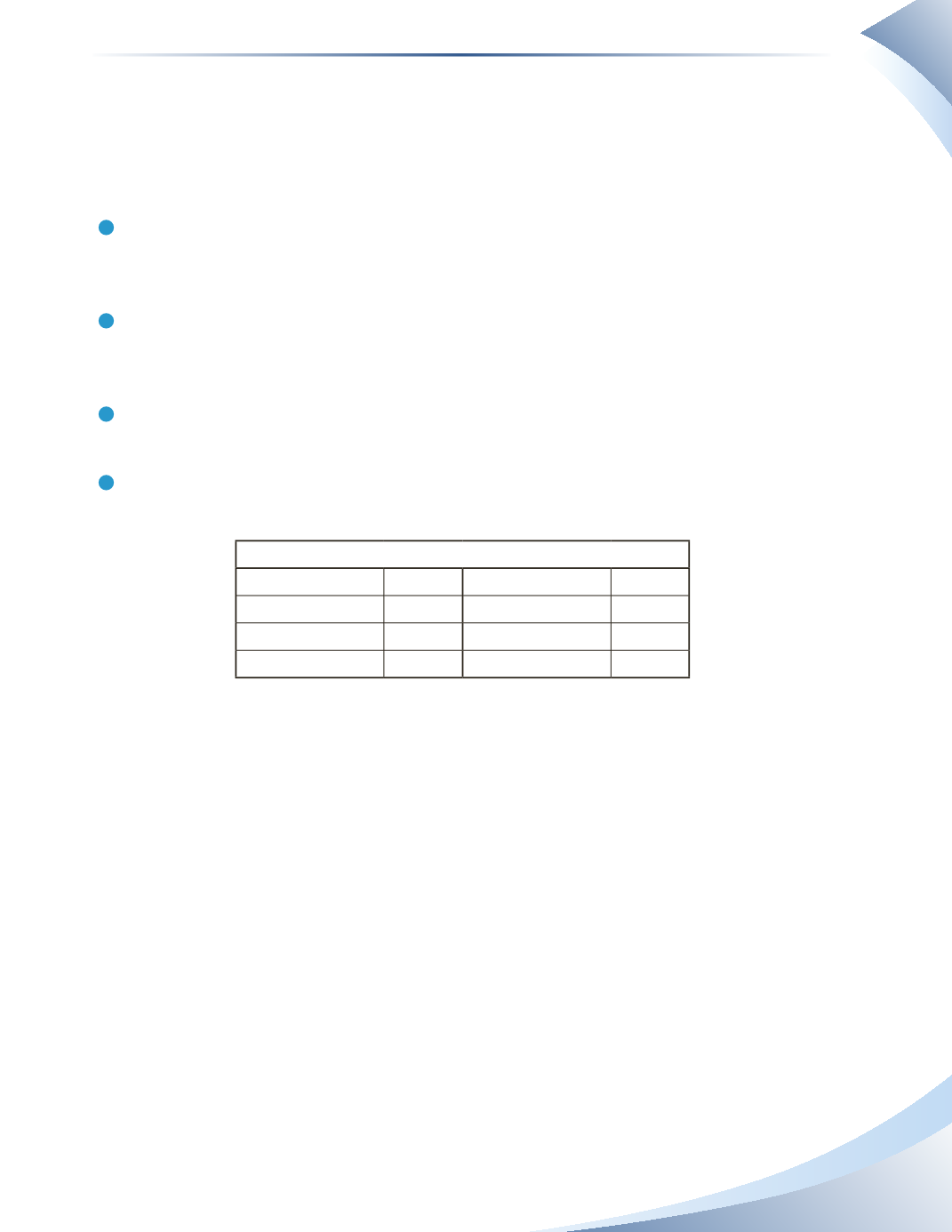
Chapter 1
Financial Statements: Personal Accounting
21
The list of transactions is numbered and will be numbered in the T-accounts to help keep track of
the transactions. Recall that the accounting equation must balance, so every transaction will affect
at least two accounts.
The Process
1
If applicable, enter the opening balances in the appropriate T-account. Then check that the
accounting equation is in balance before you begin entering transactions. This step is high-
lighted for the opening balance of the cash account in the T-account worksheet.
2
Enter both sides of the transaction in the correct account in the balance sheet and/or income
statement. Be sure to record the transaction number so that you may check your work.This step
is highlighted for the first transaction in the T-account worksheet.
3
Calculate the totals of the T-accounts on the income statement and calculate the surplus or
deficit. A surplus will increase net worth and a deficit will decrease net worth.
4
Calculate the totals of the T-accounts on the balance sheet and complete the accounting equa-
tion at the bottom of the balance sheet to check that it balances.
Opening Balances as at April 1, 2016
Cash
$1,000 Unpaid Accounts
$1,500
Prepaid Insurance
0 Mortgage
90,000
Contents of Home
6,000 Bank Loan
0
House
150,000 Net Worth
65,500
Transactions
1. Earned and deposited salary of $2,500.
2. Paid $1,200 cash for a one-year insurance policy.
3. Paid for $150 of entertainment with credit card.
4. Received a $4,000 loan from the bank.
5. Won $800 in a lottery.
6. Paid $1,000 for mortgage. Interest is $100 and the remainder is the principal.
7. Purchased new furniture worth $1,400 with credit card.
8. Bought food with $400 cash.


